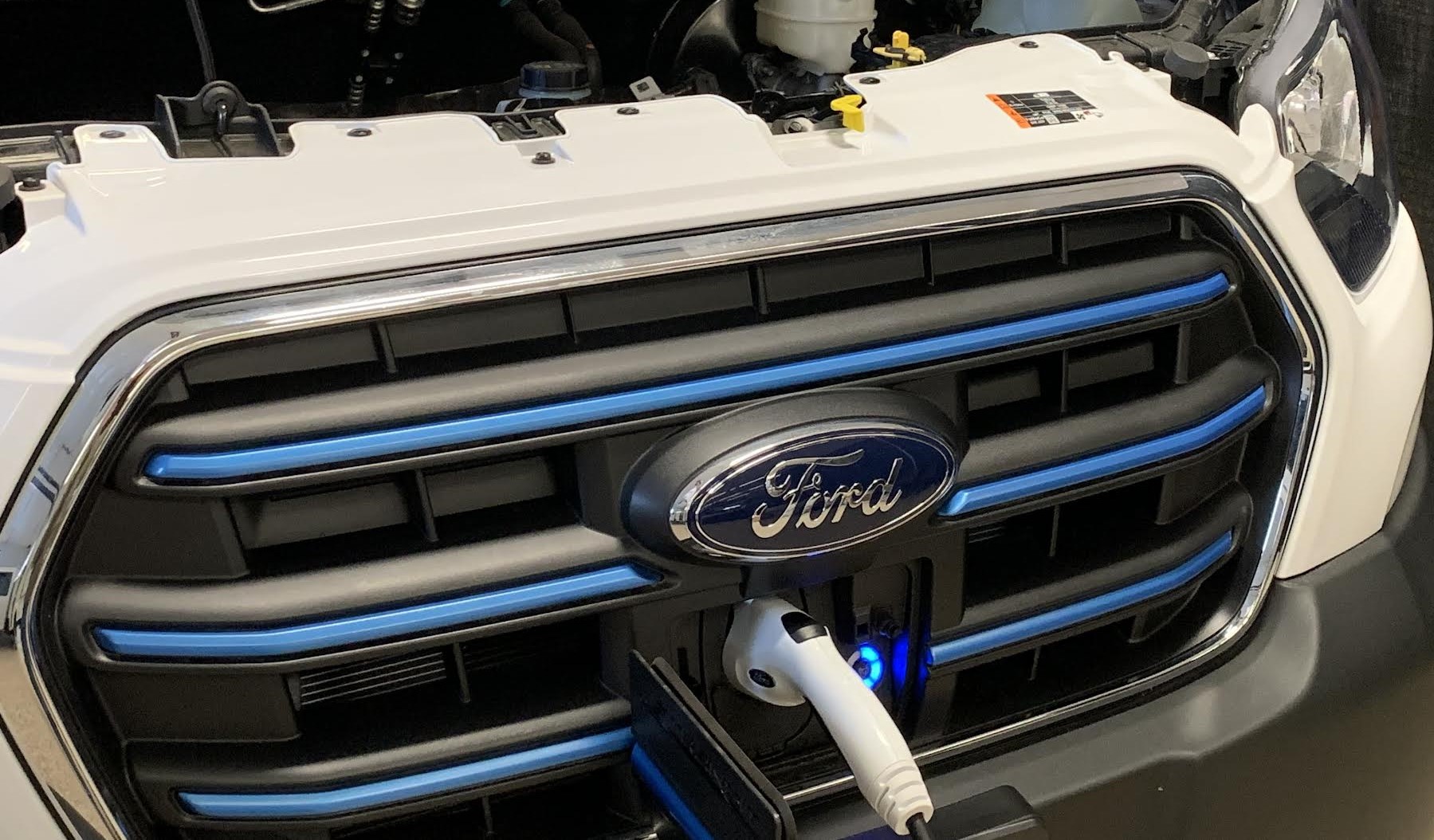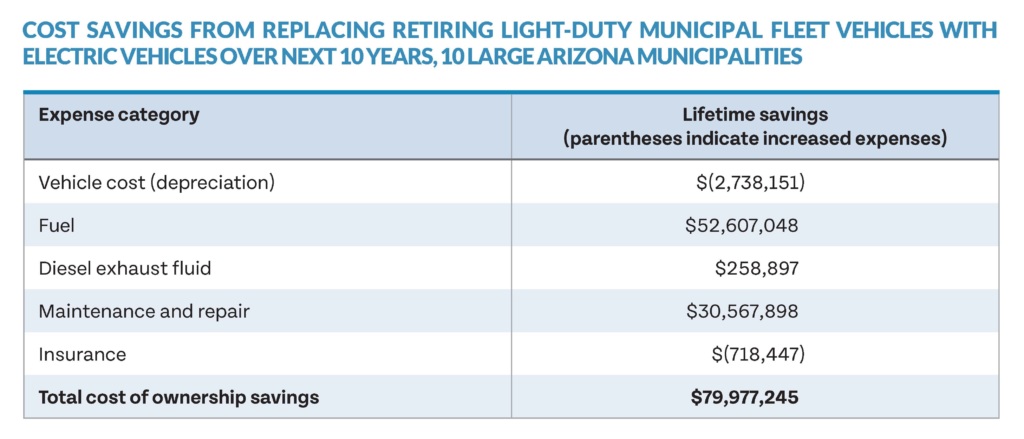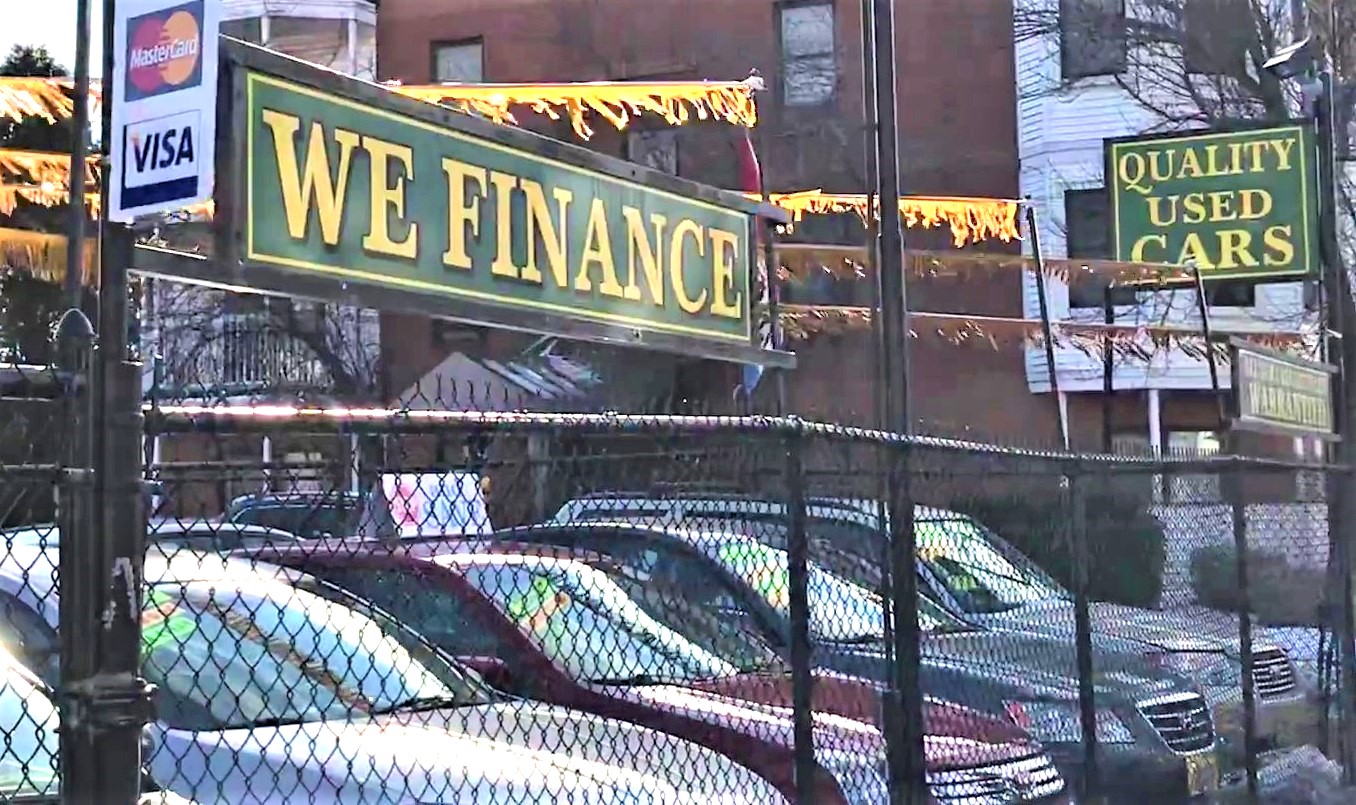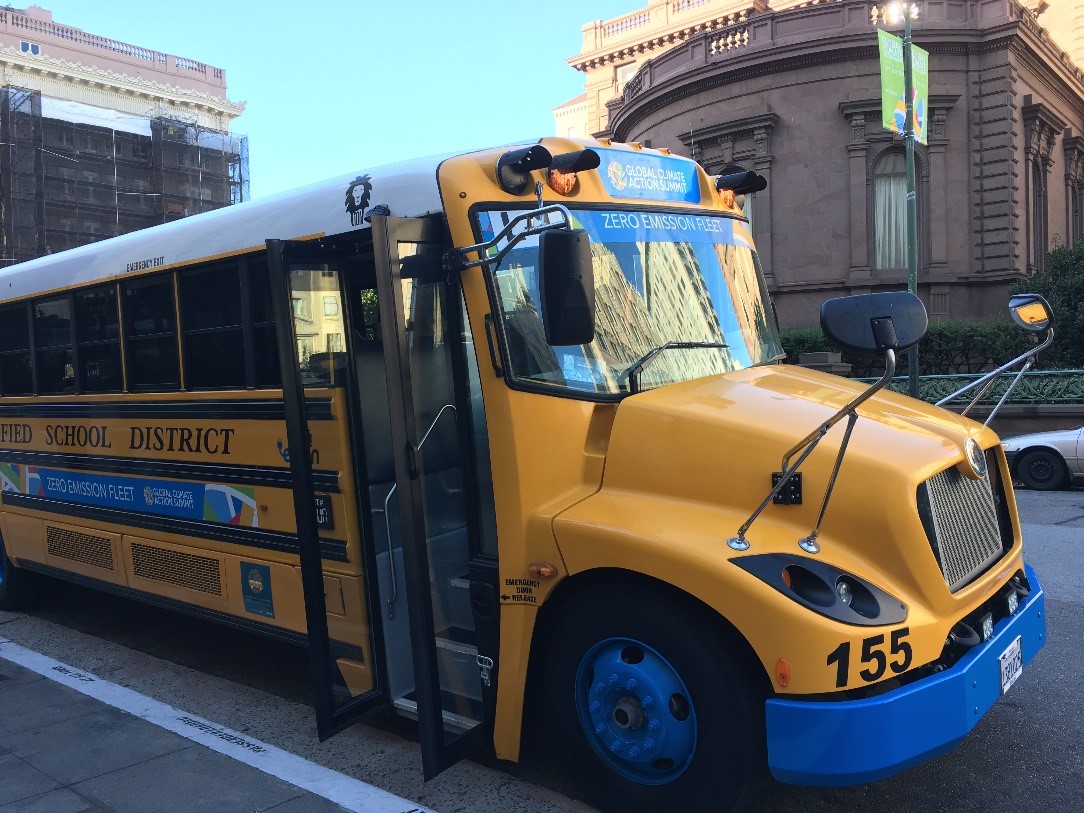
Electrifying municipal fleets saves money for cities and towns
The future of municipal fleets is electric. With EVs becoming cheaper and more capable every year and with new incentives under the Inflation Reduction Act, now is the time for cities and towns to start making that future a reality.

Local and state governments across America own more than 3.6 million vehicles, the vast majority of them powered by gasoline and diesel fuel. Buying, fueling and maintaining those vehicles is a big expense for governments, especially with gasoline and diesel prices on the rise.
Transitioning to electric vehicles can reduce air pollution and help local and state governments to meet their climate commitments. But moving toward electric fleets has another important benefit: It saves money. That’s especially true today, thanks to new incentives available to cities and towns under the Inflation Reduction Act (IRA), enacted in August.
The new report by Arizona PIRG Education Fund and Frontier Group, “Electric Vehicles for Arizona,” finds that 10 large Arizona cities and towns could save a total of nearly $80 million in lifetime ownership costs by replacing their retiring light-duty vehicles with electric vehicles over the next decade.
The report is based on detailed data provided by 10 of Arizona’s largest cities and towns, including Phoenix, about the composition and use of their vehicle fleets. In total, the 10 cities and towns own more than 10,000 vehicles and pieces of mobile equipment, including more than 6,000 light-duty vehicles that are good potential candidates for electrification in the near term.
Light-duty vehicles in fleets of 10 of Arizona’s largest municipalities

Photo by Arizona PIRG Education Fund/Frontier Group | TPIN
* GVWR= Gross vehicle weight rating
Pickup trucks make up a large share of those vehicles. In fact, nearly 40% of the light-duty vehicles in those fleets consist of just two models of half-ton pickups: the Ford F-150 and the General Motors Silverado/1500 line of pickups. The introduction of electric versions of these vehicles (including the Ford F-150 Lightning pickup launched in 2022) and other work vehicles – cargo vans, emergency vehicles, refuse trucks and more – are opening up new opportunities for municipalities to electrify a larger share of their fleets.
Big potential savings
Using the Argonne National Laboratory’s AFLEET tool, we conducted city-by-city analyses of the lifetime costs of replacing retiring light-duty vehicles with electric versions, as well as the energy and air pollution impacts of electrification. The analysis factored in the incentives available to municipalities through the IRA’s commercial clean vehicle tax credit, which offsets up to $7,500 of the cost of an electric light-duty vehicle and up to $40,000 of the cost of an electric heavy-duty vehicle. Unlike many clean energy tax credits, the commercial vehicle credit is available to governments and nonprofits via “direct pay,” enabling governments to gain the same financial benefits that are available to businesses.

Photo by Arizona PIRG Education Fund/Frontier Group | TPIN
* Model outputs from Argonne National Laboratory’s AFLEET tool
For most categories of light-duty cars and trucks, the IRA’s incentives virtually eliminate the upfront cost difference between an internal combustion vehicle and the electric model, allowing municipalities to benefit from the dramatic savings in fuel and maintenance costs delivered by EVs. Every city and town we evaluated posted significant savings, even assuming gasoline and diesel prices far lower than those currently facing Arizona consumers. The report also found that shifting to EVs would deliver lifetime air pollution-related public health benefits valued at at least $14 million – benefits that will only increase over time as the Southwest’s power grid transitions from coal-fired power to renewable energy sources.
However, the report also found that transitioning to EVs is not as simple as simply swapping out one kind of vehicle with another. Cities and towns must develop plans to install sufficient charging infrastructure (the cost of which is not included in the above estimates) to keep their cars and trucks ready for the road. Fortunately, utilities in Arizona offer incentives and technical support to help fleet owners transition to electric vehicles and some municipalities may also be eligible for help through the Infrastructure Investment and Jobs Act and/or the Inflation Reduction Act. Cities and towns can also support one another in the transition by sharing information and collaborating on purchases of vehicles and infrastructure.
Keeping vehicles on the road is essential to obtaining the financial benefits of municipal electrification. Our survey found that even the small number of electric vehicles currently in municipal fleets are not driven nearly as many miles as typical gasoline- and diesel-powered vehicles. Electric vehicles will only save municipalities money on fuel and maintenance if they are fully utilized and cared for in ways that maximize their useful lives and enable the phase-out of fossil fuel-powered vehicles from fleets.
The good news is that municipalities in Arizona are beginning to lay the groundwork for a transition to electric vehicles. The city and town officials we spoke with in the course of our research were generally open to the idea of EVs, even if many of them remained concerned that EVs can perform the myriad of functions required of municipal vehicles. Several cities responding to our survey reported that they have added electric vehicle charging capacity and have plans to add more electric vehicles to their fleets in the near future. Cities such as Phoenix and Tucson have also developed city-wide plans to accommodate electric vehicles that include concrete steps toward increasing the use of EVs in their fleets.
The future of municipal fleets is electric. Our new report shows that that future can be one that is less polluting and delivers significant cost savings for taxpayers. With EVs becoming cheaper and more capable every year and with incentives under the Inflation Reduction Act narrowing the cost differential with gasoline and diesel vehicles, now is the time for municipalities to begin making that future a reality.
Topics
Authors
Tony Dutzik
Associate Director and Senior Policy Analyst, Frontier Group
Tony Dutzik is associate director and senior policy analyst with Frontier Group. His research and ideas on climate, energy and transportation policy have helped shape public policy debates across the U.S., and have earned coverage in media outlets from the New York Times to National Public Radio. A former journalist, Tony lives and works in Boston.
Diane Brown
Executive Director, Arizona PIRG
Diane E. Brown has worked with the State PIRGs for over 35 years, over half serving as the Executive Director of Arizona PIRG. She is a leader in efforts to protect consumers from unfair marketplace abuses and unsafe products; promote 21st century energy and transportation options; and foster an accessible and accountable government. Diane frequently works with diverse entities; advocates and testifies before elected and governmental officials; and appears on television and radio and in newspapers across the state. Diane’s leadership has helped to secure public interest victories at the Arizona Legislature, the Arizona Corporation Commission, and various state agencies. Diane is a recipient of awards from the Arizona Capitol Times, Phoenix Business Journal, League of Women Voters of Arizona, and Arizona League of Conservation Voters.
Find Out More

The auto industry has a sustainability problem. And it’s not just about the environment.

Back to school on an electric bus

What can we do about the unhealthy air quality in Chicago?



